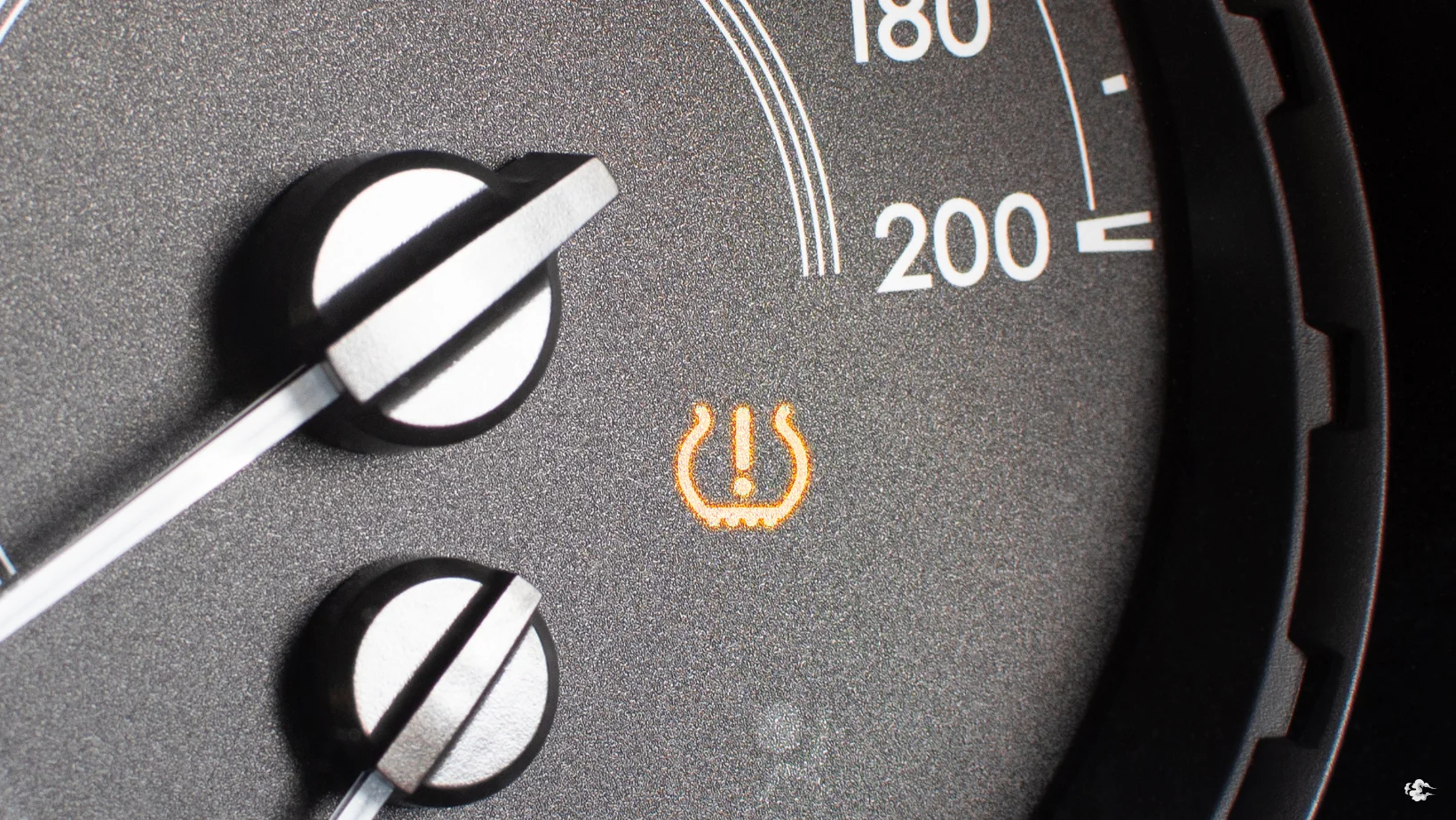07. 12. 2025
What Does Service Tire Monitor System Mean?

What Does Service Tire Monitor System Mean?
When your tire pressure monitor system warning light illuminates, it’s crucial that you quickly interpret its meaning and address any related problems as soon as possible. Doing this will help avoid dangerous driving situations while providing optimal performance while traveling around Carmel, NY.
Your tire pressure monitoring system (TPMS) might be malfunctioning for various reasons. There are various DIY solutions you could try such as using a bypass emulator or visiting an auto shop to get professional assistance.
What Service Tire Monitor System Warning Means
An illuminated Service Tire Monitor System (TPMS) warning light on your GMC Acadia dashboard should never be ignored. When illuminated, this means there may be either an issue with sensors or one or more tires not at their optimal pressure; as soon as this issue arises it should be resolved quickly to prevent loss of traction and premature tire wear on the road.
TPMS uses sensors to track tire pressure levels, providing alerts when they become under or overinflated. Don’t confuse it with simple low tire pressure warning lights as TPMS will detect far lower pressure levels than they will illuminate with traditional warning lights. Furthermore, some newer vehicles provide individual pressure readings for each tire, making it easier to identify which is experiencing issues.
Overinflation can make tires less effective and lead to them showing early signs of wear on their center tread areas, while it also decreases fuel efficiency and creates excess heat, which could eventually cause their failure. You can avoid this scenario by regularly monitoring their air pressure with a tire pressure gauge and making necessary adjustments as needed – adding or subtracting air as necessary.
Common Causes
As soon as your tire pressure monitoring system illuminates on your GMC Acadia dashboard, make an appointment at your dealership immediately to discuss why. The TPMS warning light indicates that one or more tires have fallen below a preset level, posing serious safety concerns for drivers. The system uses sensors that measure air pressure inside tires before sending warnings when measurements fall outside their predetermined ranges.
Problems with tire pressure monitoring systems often stem from defective or dead sensors. Sensors are mounted around your tire valve stems and protrude out into the wheel rim to measure air flow pressure as well as other variables, with 3-volt lithium ion or 1.25-volt nickel metal hydride batteries housed within each sensor, having finite lifespans – when one fails, your TPMS system will issue a failure warning, usually represented by flashing light indicators on dashboard or infotainment screen dashboard.
New tires or improper sensor installation errors may also compromise TPMS systems, necessitating relearn procedures to the control module before rotating tires without performing a relearn procedure. Relearn procedures ensure accurate pressure readings and alerts from sensors that have been replaced, eliminating errors caused by noncompliance with this requirement.
Why It Happens
Failure of tire pressure monitoring sensors to provide accurate data could be caused by any number of issues, including improperly inflated tires, dead sensor batteries and external devices that interfere with signal transmissions. Sometimes even an error message generated by your vehicle diagnostic system could trigger such failure.
Direct Tire Pressure Monitoring Systems (TPMSs) work by attaching pressure level sensors directly into each tire and monitoring its air pressure; then notifying your car’s computer when any tires go above or below an ideal level. Indirect TPMS systems utilize sensors located throughout your car’s computer system that monitor wheel speed to identify whether a tire has become overinflated or underinflated.
No matter which system you have in place, when one or more TPMS sensors detect that any one or more tires of your vehicle have fallen below a preset pressure level, a warning light will illuminate. Resetting your tire pressure levels back to normal will reset the sensors and turn off this indicator light.
However, if the TPMS warning light remains illuminated for an extended period, it is wise to visit a certified service center for professional diagnostic and repair work. Low tire pressure can result in difficulty driving and braking as well as compromised payload capacity, reduced fuel efficiency and an increased risk of blowouts or flat tires; so getting this issue taken care of immediately will help you drive safely while saving gas money and prolonging tire lifespan.
How to Diagnose
The “service tire monitor system” warning and TPMS light are intended to alert you of subpar tire pressure levels that could compromise driving comfort, reduce fuel efficiency, reduce payload capacity and increase flats or blowout risks – these issues must be dealt with as quickly as possible for maximum safety.
This dashboard indicator usually lights up because your tires are over or underinflated and need to be adjusted back to manufacturer-recommended levels, making the tire pressure adjustment simple and the warning usually going away after your tires reach their proper air pressure levels. If it remains illuminated after this fix is implemented, however, then perhaps your sensors have malfunctioned and require replacement.
Every TPMS sensor contains its own battery to power its system, which may wear down over time or become damaged from physical damage, corrosion, or interference from nearby electronic devices that block its signal transmission. When this occurs, visit an authorized service center immediately and have them replaced; additionally reprogramming may be required if your tires were recently relocated or rotated as this can impact how well sensors communicate with each other.


No Comment Yet! You can post first response comment.